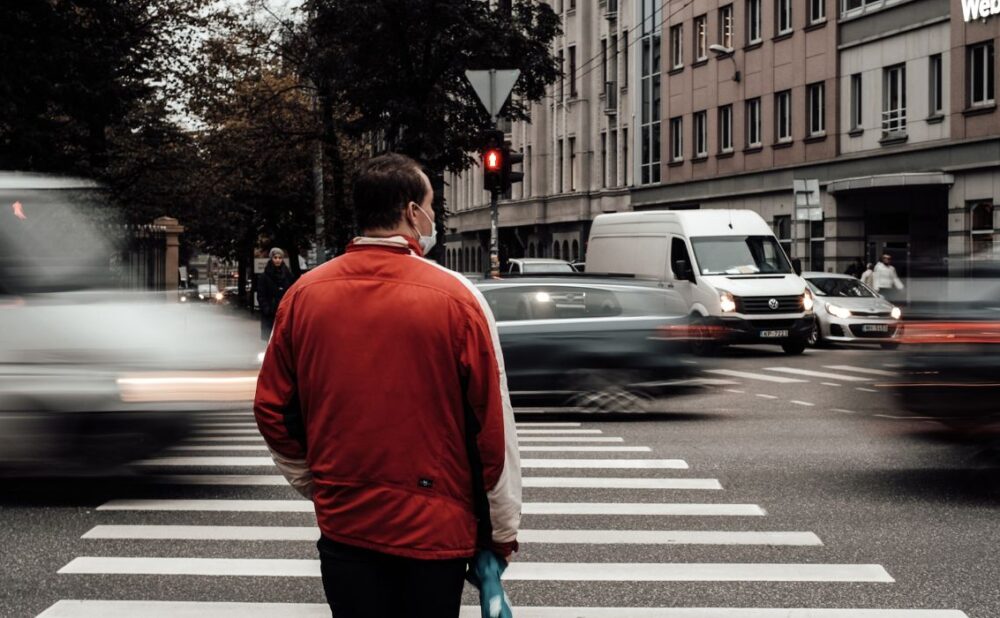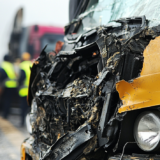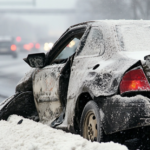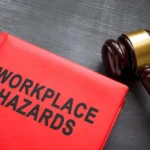Pedestrians — they’re everywhere. In fact, we’ve all been pedestrians at some point. To truly improve road safety, drivers and pedestrians must come to a mutual understanding — they need to work together to prevent accidents.
By understanding the potential consequences of accidents and supporting safe infrastructure practices, we can reduce risks for both parties. Let’s take a closer look at the issue and explore the complexities involved.
Pedestrian Accidents in Urban Areas
Pedestrian accidents are a growing concern in urban areas, where crowded streets and increased traffic can lead to dangerous situations.
By how much:
- Urbanization and Traffic Density: According to the World Health Organization (WHO), urbanization and increased traffic density are significant contributors to the rise in pedestrian accidents.
- Distracted Driving: The National Highway Traffic Safety Administration (NHTSA) in the United States reports that distracted driving is a leading cause of pedestrian accidents. In-car entertainment systems and smartphones are major catalysts, and both are becoming more prevalent.
- Increased Vulnerability in Low-Income Areas: Research published in the Journal of Urban Health indicates that pedestrians in low-income and minority communities are at a higher risk of being involved in traffic accidents. These areas often have higher traffic volumes and fewer pedestrian safety measures.
- Pedestrian Fatality Trends: NHTSA data shows that pedestrian fatalities have been steadily rising in the U.S. over the past decade. For instance, in 2022, pedestrian deaths accounted for 17% of all traffic fatalities, the highest percentage since 1981.
Statistics don’t lie, and to address these alarming numbers, both drivers and pedestrians must prioritize safety. Drivers must stay vigilant, obey speed limits, and always prioritize pedestrians at crosswalks. Pedestrians, on the other hand, should refrain from jaywalking, remain alert, and ensure they are aware of their surroundings before crossing the road.
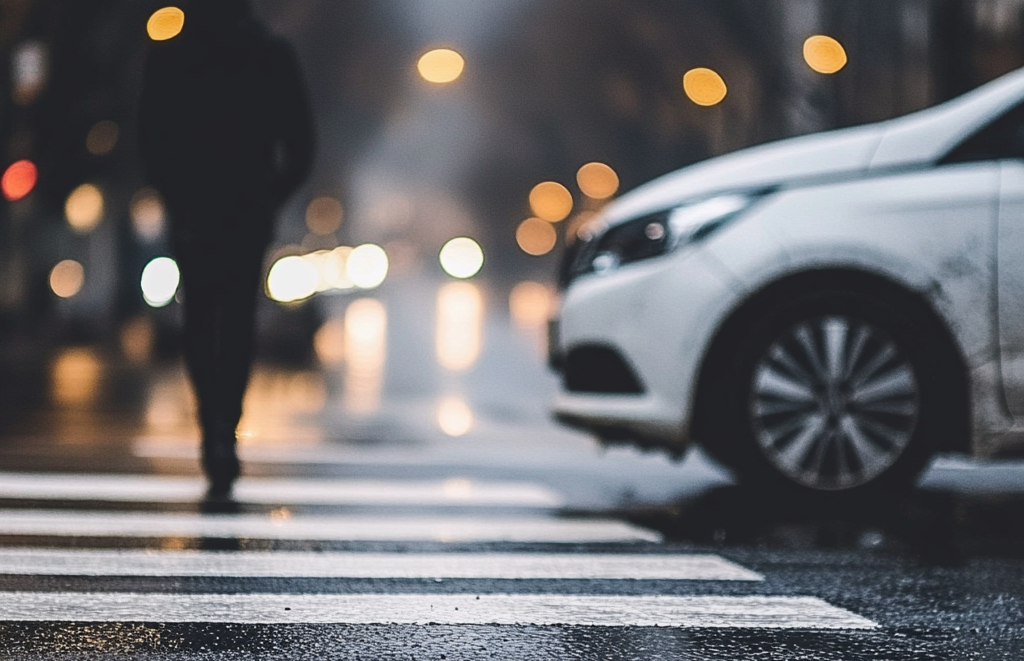
Dangers of Pedestrian Accidents
Pedestrian accidents can have devastating consequences for both parties, often resulting in severe injuries or fatalities. It’s crucial that both drivers and pedestrians take proactive measures to prevent these incidents. Drivers must stay mindful of their surroundings, yield to pedestrians, and avoid distractions. Meanwhile, pedestrians should use designated crosswalks, make eye contact with drivers, and be aware of their surroundings. By prioritizing safety and working together, they can reduce the risk of pedestrian accidents.
Causes of Pedestrian Accidents
When it comes to pedestrian crash prevention, a combination of factors involving both drivers and pedestrians is often at play. Some of the most common causes include:
Distracted Driving
Drivers distracted by activities such as texting, using in-car devices, or eating are more likely to miss seeing pedestrians, especially those crossing outside of designated crosswalks.
Speeding
Higher speeds reduce a driver’s reaction time, making it more difficult to avoid a collision with a pedestrian. This is particularly dangerous in residential or school zones where pedestrians are more likely to be present.
Poor Visibility
Accidents are more likely to occur in conditions of poor visibility, such as at night or during inclement weather. Reduced visibility makes it difficult for both drivers and pedestrians to see each other.
Pedestrian Errors
Pedestrians who jaywalk, cross without looking, or ignore traffic signals put themselves at risk of being struck by a vehicle. These errors can be particularly dangerous in areas with heavy traffic or poor lighting.
Low-Income Areas
Urban areas with high traffic volumes and poor infrastructure often experience the highest rates of pedestrian accidents.
How to Prevent Pedestrian Accidents: Tips for Drivers
Stay Vigilant at Crosswalks and Intersections
- Scan the Area: Continuously scan the area for pedestrians, especially at crosswalks and intersections.
- Yield to Pedestrians: Even if pedestrians have the right of way, always be prepared to yield.
Avoid Distractions While Driving
- Focus on the Road: Avoid distractions such as texting, eating, or using in-car devices.
- Keep Eyes on the Road: Maintain a clear view of the road ahead to stay aware of pedestrians.
Obey Speed Limits, Especially in High-Risk Zones
- Slow Down: Reduce your speed in areas where pedestrians are likely to be present, such as school zones, residential neighborhoods, and near shopping centers.
- Be Aware of Your Surroundings: Pay attention to pedestrian traffic signals and crossing signs.
Be Extra Cautious During Low Visibility
- Use Headlights: Ensure your headlights are on during low-light conditions or inclement weather.
- Slow Down: Reduce your speed to increase your reaction time.
Right of Way: Understanding and Yielding
- Know the Rules: Familiarize yourself with local traffic laws regarding pedestrian right of way.
- Yield When Necessary: Be prepared to yield to pedestrians, even if they don’t have a designated crosswalk.
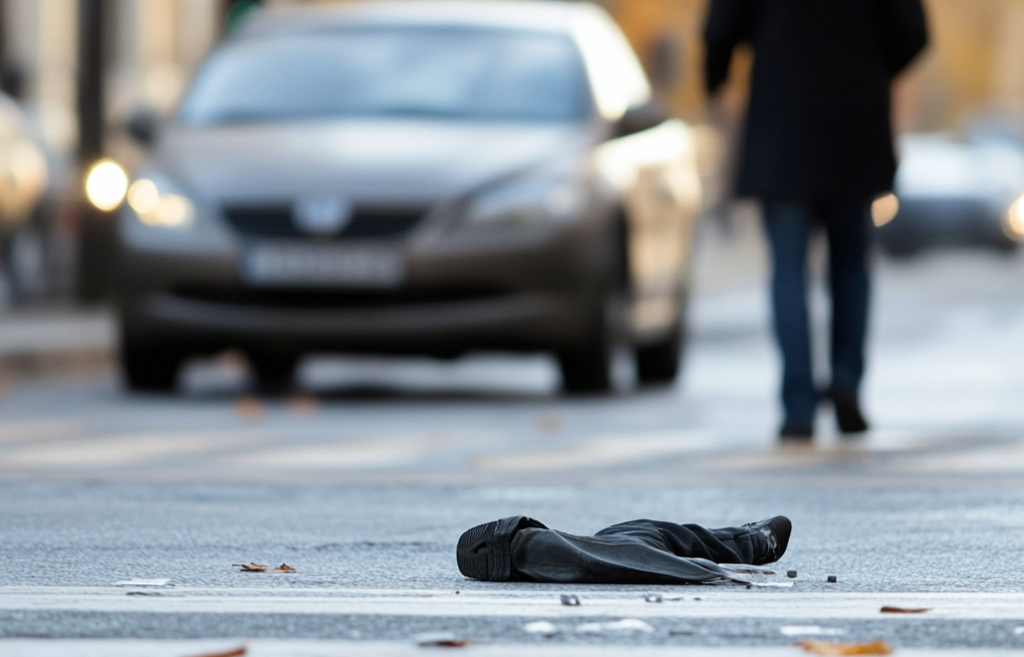
How to Avoid Pedestrian Accidents: Tips for Walkers
Pedestrian crash prevention depends on following these important tips:
- Always Use Designated Crosswalks – Cross streets at designated crosswalks or intersections to ensure visibility to drivers.
- Make Yourself Visible to Drivers – Wear bright or reflective clothing, especially in low-light conditions, to increase your visibility to drivers.
- Stay Alert and Avoid Distractions – Avoid using phones or listening to loud music while walking so you remain aware of your surroundings and potential dangers.
- Obey Traffic Signals and Signs – Follow traffic signals and signs to safely navigate intersections and roadways. By practicing these safety measures, pedestrians can help reduce the risk of accidents and promote a safer environment for all road users.
Collaborative Efforts: How Drivers and Pedestrians Can Work Together
Communication Between Drivers and Pedestrians: Eye Contact and Hand Signals
- Non-Verbal Cues: Eye contact and hand signals are essential tools for effective communication between drivers and pedestrians.
- Shared Responsibility: Both drivers and pedestrians have a responsibility to use these cues to ensure safe interactions on the road.
- Preventing Accidents: By making eye contact and using clear hand signals, drivers and pedestrians can avoid misunderstandings and potential accidents.
Educating the Public on Pedestrian Safety
- Public Campaigns: Raising awareness of pedestrian safety issues through public campaigns and educational initiatives can help reduce the number of accidents.
- Driver Education: Incorporating pedestrian safety into driver education programs equips drivers with the knowledge and skills needed to safely share the road with pedestrians.
- Teaching Children and Young Adults: Educating children and young adults about pedestrian safety from a young age helps instill safe habits that will last a lifetime.
Both in it Together
Both drivers and pedestrians play a vital role in ensuring road safety for themselves and others. By implementing the safety tips mentioned earlier and remaining vigilant on the roads, they can contribute to a safer environment for everyone. Drivers should always be alert and respectful of pedestrians, especially at crosswalks and intersections. They should adhere to speed limits, avoid distractions, and yield the right of way to pedestrians when required. By doing so, drivers can help prevent accidents and keep pedestrians safe.
On the other hand, pedestrians should make themselves visible to drivers, use designated crosswalks, stay alert, and obey traffic signals and signs. By following these safety practices, pedestrians can reduce their risk of accidents and enhance their safety while walking. By working in sync and being vigilant of each other’s presence on the roads, drivers and pedestrians can create a safer environment for everyone.
